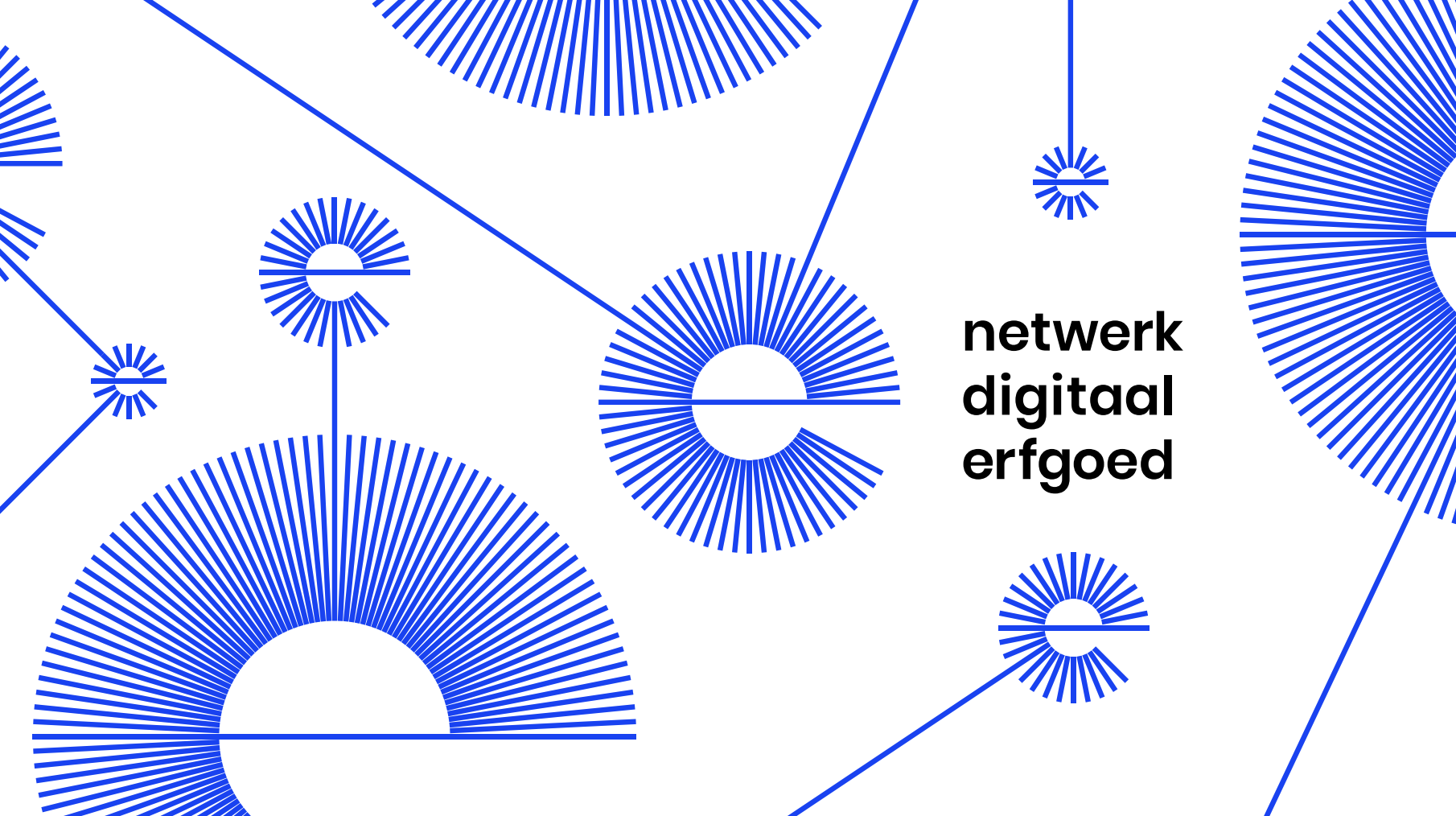Network Digital Heritage (NDE) has invited KLEKSI for an interview about their new collection registration system. You can read the interview below.
For the first time in years, a new market player in the field of collection registration systems has emerged. The Limburg Sofco has developed KLEKSI for museums. CEO and designer Maurice van Kessel talks about the history and possibilities of this software. Plus: the first user experiences of Museum Thorn.
First something about the name. KLEKSI stands for collection?
Maurice van Kessel: 'Very well, yes. It is a corruption of how we pronounce the word “collection” here in Limburg. KLEKSIdus. The name is not only short and sweet, we also expect it to do well across national borders.'
Do you have international ambitions?
'In addition to the Netherlands and Belgium, we also hope to interest other countries in our product.'
Your company Sofco has developed KLEKSI?
'Yes, we are an automation company, specialized in cloud software. I set up this collection registration system together with two software engineers.'
How did you get the idea?
'By coincidence actually. We designed a house style and a website for Museum Thorn. It turned out that they were looking for a new and user-friendly collection registration system. When we heard that other museums might also be interested in this, we decided to take up the challenge.'
What was your starting point for the design?
'Design and user-friendliness are central.'
Does your system meet the principles of the Digital Heritage Network?
'Before we started, we had contact with the House of the Arts Limburg; they support, among other things, the heritage in that province. Digital heritage coach Wouter Daemen pointed us to the Digital Heritage Network, the Digital Heritage Reference Architecture (DERA) and the National Digital Heritage Strategy. He also introduced us to the world of linked open data, the Network of Terms, persistent identifiers and much more.'
A new world opened up?
'The idea of linked open data was an eye-opener. It's very interesting that you can link information together online in this way.'
And then you and the software engineers got to work?
'We then came into contact with colleagues from the Digital Heritage Network (NDE). We received a kind of manual on how to implement all those things, from linked open data to persistent identifiers. This has become our 'bible' in the development of the collection registration system.'
What does KLESKI offer for extras?
'I mention, for example, the automatically generated QR codes. When museum visitors scan a QR code at an exhibition, they are redirected to a web page where more information about the object can be found. Also nice to mention: the title and description of each object are automatically transferred from text to speech. So when a website visitor clicks on a sound icon, the digital text is read aloud. In this way, as a museum, you can meet visitors with a disability.'
Finally, which target group do you have in mind?
'We are now mainly focusing on large and medium-sized heritage institutions, especially registered museums. In the future we also want to offer something for the smaller organizations in the field. With KLEKSI there is now a basis and we want to develop it further together with the museums.'
The first experiences of Museum Thorn
User-friendly is the first word that museum curator Mat Rongen mentions when asked about his experiences with the new KLEKSI collection registration system. 'We often work with volunteers, and they can start using the software after 1.5 hours of explanation. That saves time.'
Mat has been working with KLEKSI for a few months now. In doing so, all sorts of new questions arise. 'Searching by the registration number of an object does not yet work properly. We also have more than 1000 archaeological objects that are well registered on paper. In digital form we would like to link each object with the coordination points or the location of the object. With our experiences and wishes we help to bring the ideal collection registration system one step closer.'
Source: Network Digital Heritage


